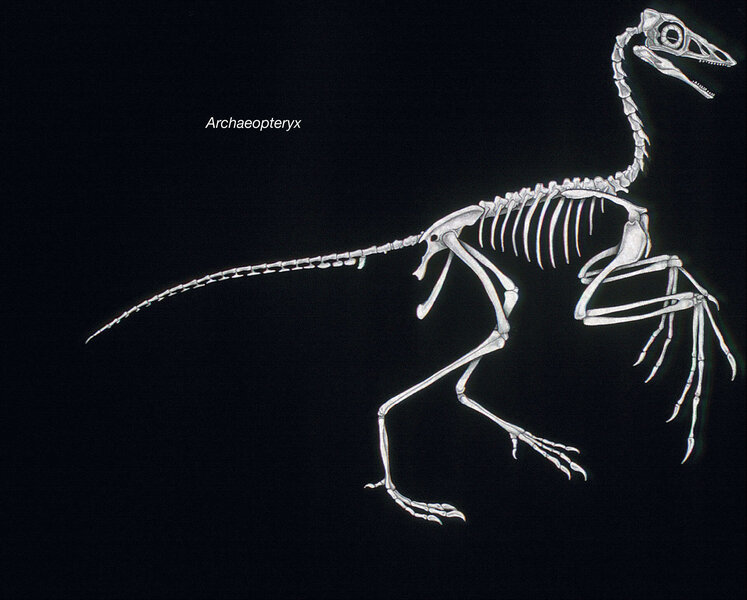Create a free profile to get unlimited access to exclusive videos, sweepstakes, and more!
Dinosaurs that weren’t supposed to fly could still (sort of) fly

Flying dinosaurs once ruled the skies. From sleek pterodactyls to monster pterosaurs that were the closest living things to actual dragons, the fossils of these oversized lizards show bones that let them take off, but are there flying species we might have missed?
This isn’t the case of an undiscovered pterosaur (though there probably are dinosaurs still waiting to be unearthed). Non-avian dinosaurs, the pterosaurs’ earthbound brethren, may have not been completely grounded. Though a controversial study previously insisted that powered flight—which uses wings to lift and flap—could have evolved in three other types of dinosaurs. New research led by paleontologist Francisco Serrano Alarcón now argues that while terrestrial dinosaurs couldn’t stay airborne, they got close.
Dinosaurs only have one lineage of descendants which can fly. Those would be birds.
“Feathered dinosaurs discovered during the last decades have illuminated the transition from land to air in these animals, underscoring a significant degree of experimentation in wing-assisted locomotion around the origin of birds,” Serrano Alarcón said in a study he led, which was recently published in Current Biology.
The study of how dinosaurs were able to pull off powered flight gives scientists a better understanding of flight in birds, which are pretty much highly evolved dinosaurs. Paravian dinosaurs were therapods that included the avialans, group of pterosaurs which birds are directly related to. Avialans were dinosaurs with feathered wings capable of powered flight. The poster dino for avialans is the 155-million-year-old Late Jurassic species Archaeopteryx. They were previously assumed to have started with Archaeopteryx until fossils of much older avialans unearthed in China pushed their emergence back to at least 160 million years ago.
Early avialans had some strange features that birds eventually evolved out of. Many had clawed wings and teeth. An enlarged claw on their second toe always stayed off the ground, and elongated feathers that may have helped them maneuver through the air covered their legs and feet when on the ground. Their skeletal structure has also revealed they had especially long tails which probably supported them in the air and maybe even when they landed. These tails would grow shorter throughout the evolution of birds. The first proto-bird is thought to have existed around 95 million years ago during the late Cretaceous.
Though only birds, bats and insects are the only extant life-forms which evolved powered flight, that still didn’t stop other animals from trying. “Evolutionary experimentation led to lineages achieving either wing-assisted running, four-winged gliding, or membrane-winged gliding,” said Serrano Alarcón.
The problem with the previous study is that there is no differentiation between powered flight and passive flight. It assumes that dinosaurs other than pterosaurs went through convergent evolution and developed the ability to fly on their own. Flight in itself does is not just powered flight. Otherwise, gliding and jumping creatures such as flying squirrels and flying fish, which exhibit passive flight, would called something else. Powered flight requires a different bone structure and body plan than passive flight. Pneumatic (hollow) bones prevented pterosaurs from being weighed down, while powerful wings keep them aloft.
Powered flight is not exactly easy to master in an evolutionary sense. Among other things, it burns huge amounts of energy. Some scientists believe proto-birds could have started off using their wings as an assist in running to food or from predators, and that eventually led to powered flight. Others are convinced that either the ancestor of all extant birds was a glider that started flapping, or that small feathered theropods that sprinted towards their prey evolved wings. If other dinosaurs besides avialans had been able to achieve powered flight, then it would have not ended up being exclusive to birds.
Even though some dinosaurs were never destined for flight, there are still reptiles that can pull off a glide which is utterly majestic.















